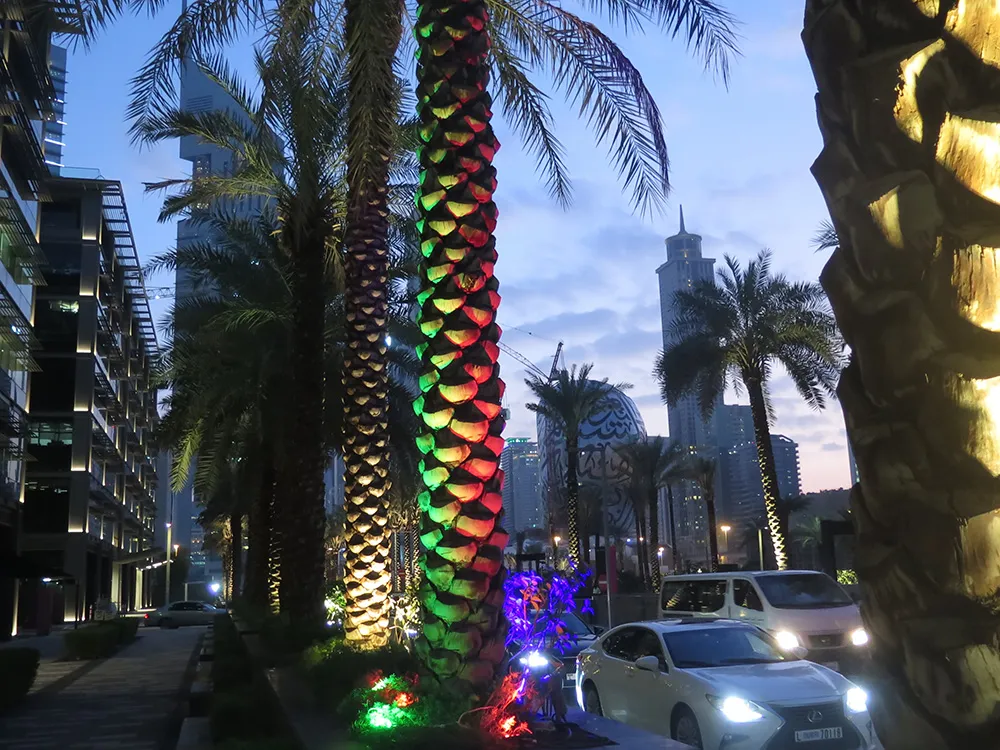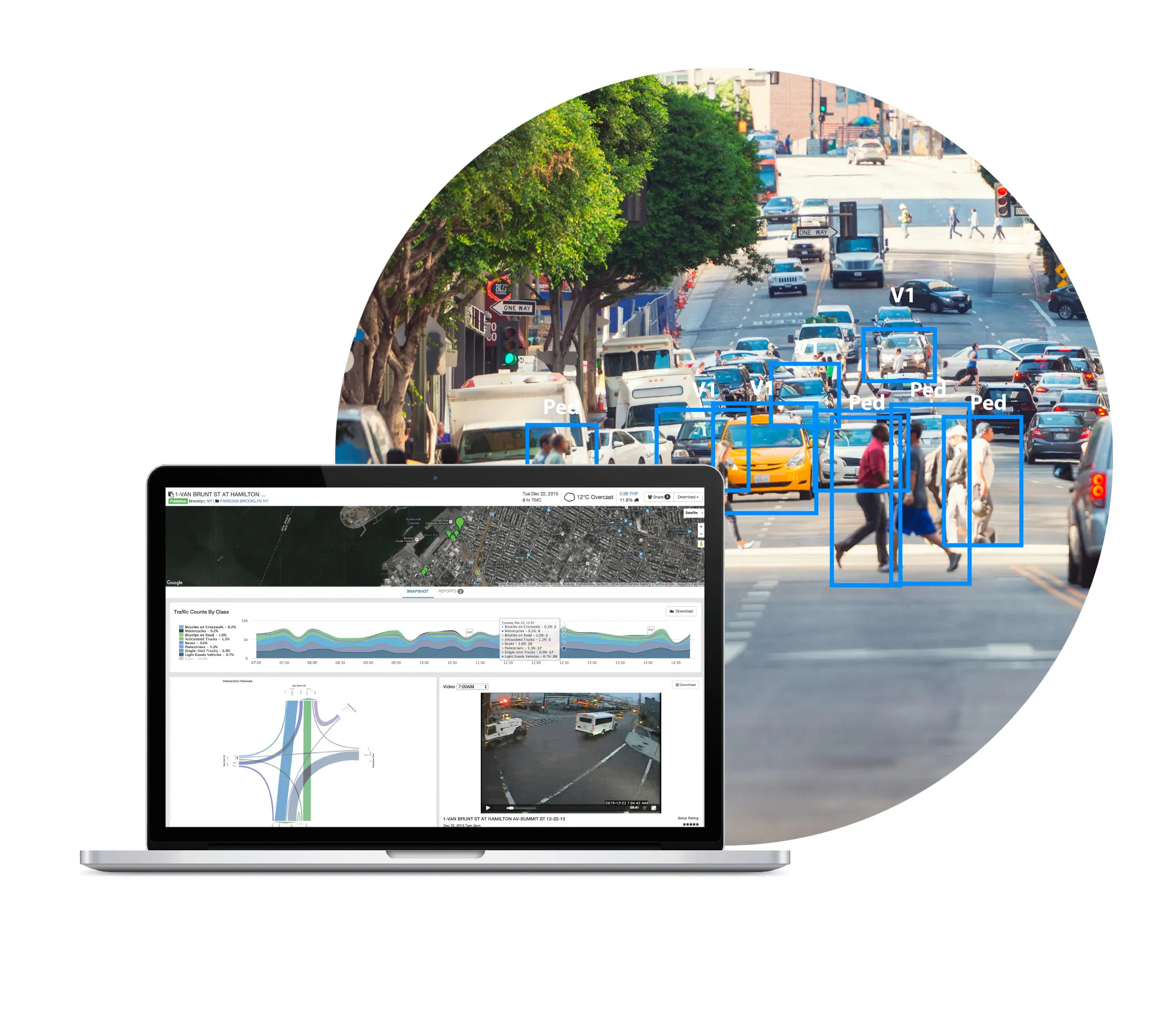
Parsons’ proprietary Intelligent NETworks (iNET) is a smart cities platform incorporating technologies which enable users to make actionable decisions. Visitors to the company’s booth here at ITS America Detroit will get a first-hand insight into innovative applications of iNET in use or coming soon. For instance, linking to connected and autonomous vehicles, analysing data, and translating it into meaningful information. Or making use of prediction, artificial intelligence (AI), and machine learning (ML) platforms to improve usability and decision making for smart cities agencies and citizens. Visitors can also see natural language-based 511 response that provides users with relevant, real-time information based on advanced AI capabilities and ML technologies. This cost-effective system provides users with a superior experience compared to conventional 511 systems, and leverages natural language expertise rather than non-user, unfriendly interactive voice response systems.
Other features that will be covered include protecting physical/intellectual assets by creating active monitoring systems, as well as automated inspections/monitoring to predict when bridges need maintenance, allowing proactive maintenance prior to failure.
As Parsons points out, iNET is the system of the future powering smart cities and enables transportation systems to deliver on the promise of improved mobility and quality of life.
Booth 725









